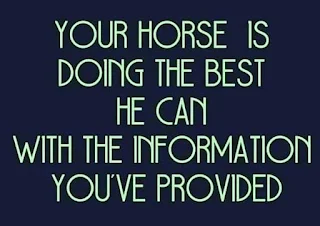First, nothing is random when a horse does it. You may not know why the horse did it, but it was not an accident... Including all those times he "accidentally" rubbed your leg on the fence or put you under a low branch while riding.
Second, the body is a reflection of the horse's brain and emotions.
So is the real problem the horse is not moving forward? No.
That is the result of his asking for support that was ignored and "answered" with a "driving" him into doing something. Which may have appeared to have "worked" until it didn't.
The question should be, what were all the activities or scenarios asked of the horse prior to the moment of "final resistance"?
When/where were the INITIAL signs of insecurity, resistance or him being unsure?
So take a few minutes and play detective:
Did the horse start looking away (literally) to avoid the area you were leading/riding him into?
Was there a time where the horse was fixated on an object/buddy horse and not focused on where he was actually being asked to move?
Did he attempt to speed up and rush through an area or task and you felt like you had to contain him?
Did his movement start to drift or leak as you approached an area he was unsure of?
If you were able to pass through an area of potential bother, did it feel like he was rushing or "fleeing" afterward?
The horse only has so many ways to communicate he is unsure or needs more support. Unfortunately, because humans tend to be task fixated they tend to push a horse through something thinking if the horse does it once, he'll be okay the next time.
And sometimes it appears that way. Until the day the horse "suddenly" quits wanting to move forward.
So to save you and horse a lot of unnecessary stress, start to believe him from the moment he begins to show concern.
Start to focus on what "tools" and skill set you to have to help redirect his thought, drain his tension, soften his body and create a curiosity versus a defensiveness in him when you present new or unfamiliar scenarios.
Prioritize being able to influence and re-direct his thought WITHOUT it feeling like a fight. If you can't do that from the start, before you present a potentially stressful scenario, you're setting yourself up to be "at the mercy" of the horse.
It isn't about getting the horse through/past one imaginary boundary or location, it is about the quality of every conversation between you and the horse that either contributes positively to building a quality partnership or starts to deteriorate it.










